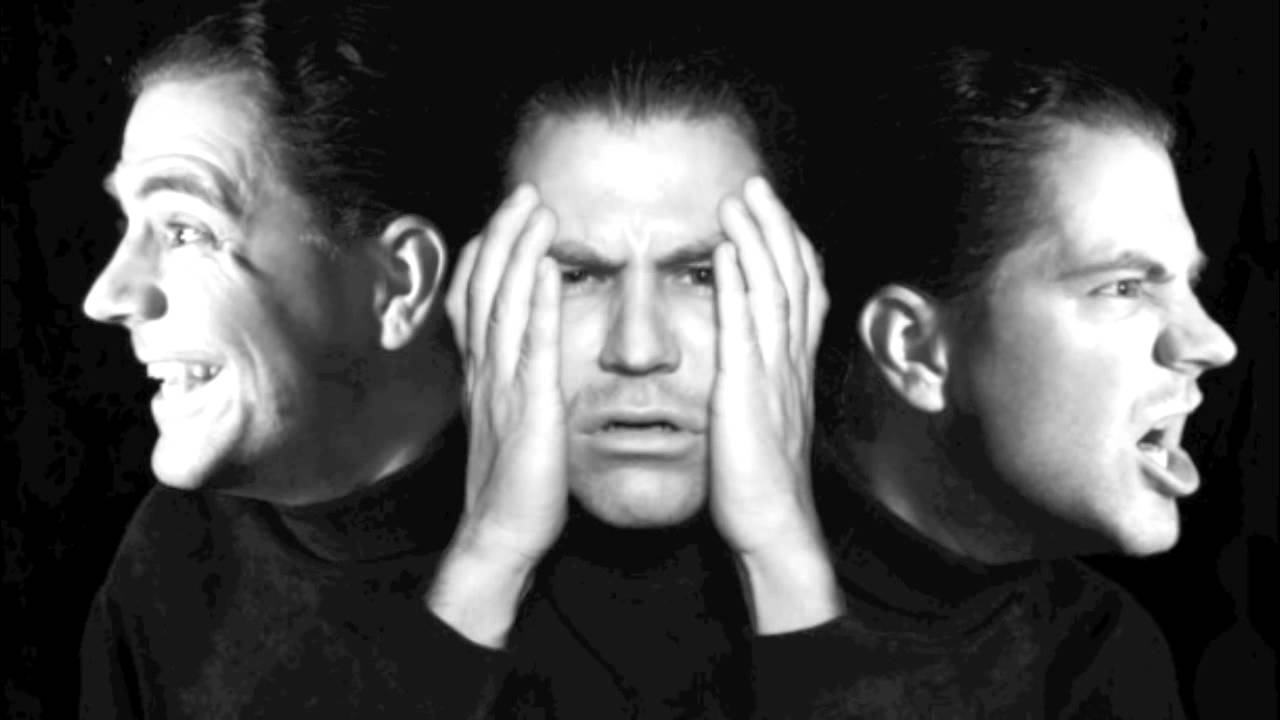The Long Term Effects Of Bipolar Disorder
Bipolar disorder is a medical condition characterized by severe shifts in mood ranging from four different episodes, including mania, hypomania (a less severe form of mania), depression and mixed episodes, or a combination of depression and mania. Bipolar disorder is much more complicated and grave than dealing with the ups and downs of normal life. Although the cause is unknown, certain risk factors may include biochemistry changes in the brain, family history, and environmental factors such as severe stress. Bipolar disorder requires lifelong treatment and maintenance, which may cause adverse long-term effects on the body.
10. Living With Bipolar Disorder

Severe depressive and manic episodes may lead to changes in the mind and body. These may include a decreased amount of energy, suicidal thoughts or tendencies, the inability to concentrate or make decisions, irritation, changes in sleeping and eating patterns, low self-esteem, and feeling helpless or hopeless for long periods. Bipolar disorder may cause the person affected to avoid social situations, cut off personal relationships and may have trouble keeping a job due to severe manic episodes.
9. Symptoms

Symptoms of bipolar disorder can be broken down into mania and depressive symptoms. Mania symptoms include poor judgment, exaggerated happiness, inability to concentrate for long periods, insomnia, low self-esteem, increased sexual, social or work activity, and racing thoughts. Depression may include thoughts of suicide, fatigue, loss of interest in activities, appetite changes, inability to make decisions, feelings of guilt, sadness, or worthiness, changes in sleep patterns, and irritability accompanied by a sedentary behavior.
